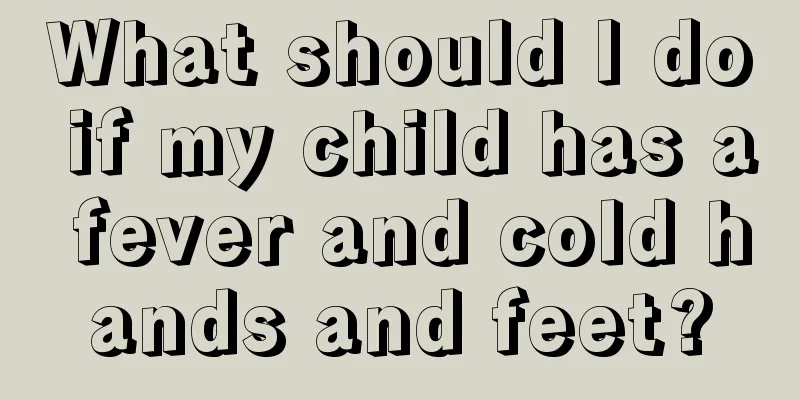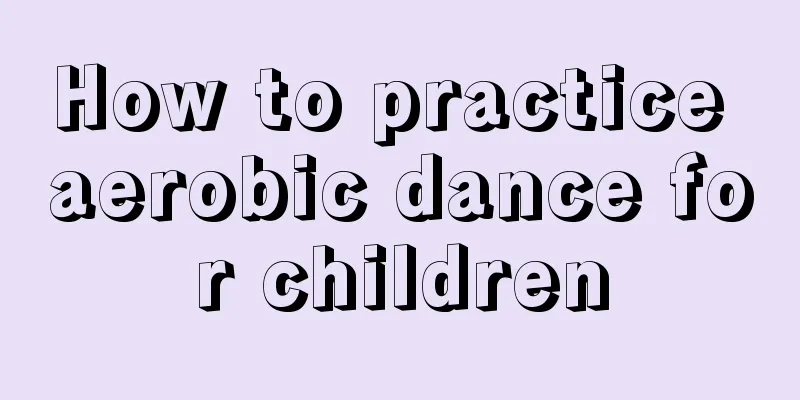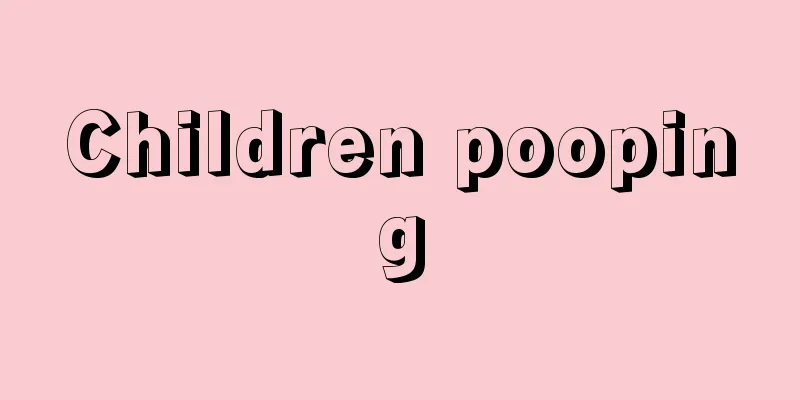What should I do if my child has a fever and cold hands and feet?

|
Many times, when families find that their children have a fever, they still feel very worried. So what should they do if their children have a fever and cold hands and feet? Families not only need to know the reasons for cold hands and feet after a fever, but also find the correct way to reduce fever and temperature to ensure the health and safety of their children. If the high fever persists, the consequences will be very serious. Don't be lucky. Why are children's hands and feet cold when they have a fever? The human body temperature is controlled by the temperature center of the hypothalamus. If there is inflammation in the body, the temperature center will raise the temperature set point in order to enhance immunity and inhibit pathogenic bacteria. To reach a higher body temperature, the body needs muscle tremors to generate heat and at the same time constrict surface blood vessels to reduce heat loss, so children's hands and feet feel cold. Don't cover your child when he or she has a fever Many parents will use the method of "covering up sweat" when their children have a fever, thinking that the fever can be reduced as long as the baby sweats. This practice is unacceptable. Babies with high fever often have poor limb circulation, and their hands and feet feel cold. Parents mistakenly believe that their children's cold hands and feet mean they are not dressed enough, so they cover their children more warmly. In addition, children's sweat glands are underdeveloped, and when they have a fever and sweat, they often get hotter and hotter, which can easily cause "heat syndrome" and induce febrile convulsions. The baby's fever should be reduced in stages When your baby has a fever, you must pay attention to monitoring the baby's body temperature and take corresponding measures according to the different stages of the fever. During the period of rising body temperature, the baby with fever feels cold. At this time, it is not advisable to wipe the body with cold water. The baby should drink more water, use a cooling patch or ice compress the head, and keep the hands and feet warm for babies with cold hands and feet to improve peripheral circulation. During the period of persistent high fever, the baby feels very hot, so you can use ice compresses on the head or warm water baths, drink more water to urinate and sweat, and take warm water baths. If the body temperature exceeds 38.5 degrees, you can take oral antipyretics that are safe for children. During the fever reduction period, the baby sweats a lot, so you should pay attention to replenishing water and changing sweaty underwear in time. The above article gives a clear introduction on what to do if a child has a fever and cold hands and feet. I believe everyone has an idea in mind. Children's physical health still needs to be continuously improved, and their immunity needs to be enhanced in order to effectively resist the occurrence of some diseases. In addition, we must also realize that it is also important to take good care of children's daily life and ensure a reasonable diet. |
<<: What is the appropriate water temperature for a child's bath?
>>: What should I do if my child has allergic reactions and itching all over his body?
Recommend
When is the best age for children to grow taller?
I believe that in the hearts of many parents and ...
2 year old baby retching
If you find that your baby is retching, you must ...
How to take care of your baby's fever in summer
It is hot in summer and bacteria are active, so b...
Is high myocardial enzyme level in newborns serious?
After a newborn is born, if the child's myoca...
Is it normal for newborns to have milk clots?
Perhaps many parents will find that their babies ...
Is it normal for a four month old baby to spit bubbles?
Is it normal for babies to spit bubbles? Nowadays...
What to do if your baby's hands and feet are cold and sweaty
We know that since the organs of babies are not f...
What causes intestinal hernia in a baby boy?
Intestinal hernia is a very common pediatric dise...
What to do if a child hits his head
Everyone knows that children are more naughty. Ma...
Seven month old baby can't crawl
Everyone knows that during the growth process of ...
Three-year-old child coughs and has phlegm
If a three-year-old child has a cough and is acco...
Neonatal intracranial infection
I believe many people know that the body of a new...
Children do not wash their faces in the morning
For many children, they are actually very relucta...
How can a 13-year-old girl lose weight?
In modern society, people pay attention to thinne...
Why do children have itchy teeth?
I believe that many parents will find that their ...









